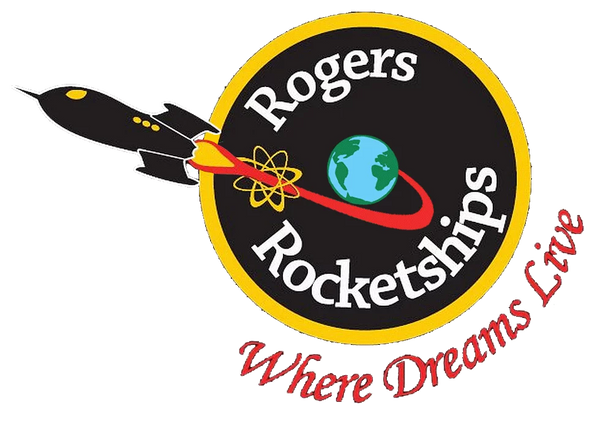The Spaceship Handbook

To Quote Dick Stafford’s Review:
While possibly not the most far ranging book on the subject, the Spaceship Handbook is by far the most detailed and ‘deep diving’ book written on the most important invention of the 20th Century, The Spaceship.
The book is organized into three major sections and two appendices.
The first section, entitled “The Theoreticians”, covers works by early rocket scientists and includes detailed discussions of spacecraft by Konstantin Tsiolkovsky, Hermann Oberth, Eugen Sänger, Chesley Bonestell/Willy Ley, and Von Braun.
The second section, “The Entertainers”, moves from scientists who dreamed of spaceflight, to people who brought that dream to the rest of us. It includes subjects from the 1900’s through 1968’s major movie, “2001: A Space Odyssey” including printed sources (comics, pulp fiction, and novels), radio, TV, and the big screen. The number of spaceships covered DEFIES LISTING but SOME of the more familiar entries include Friede (from Die Frau Au Mond), Buck Rogers, the TinTin rocket, Gerry Andersons’ Thunderbirds, ships from 2001: A Space Odyssey, Josie’s Spaceship (from Josie and the Pussycats), and the Myst Island Rocket from the video game. The authors say they stopped there because information on many of the popular spaceships since then (Star Trek, Star Wars, etc.) is already well documented in the modeling communities.
The third and final section, “The Real Stuff”, presents modern conceptual spaceships from the late 1950’s, 1960’s and 1990’s that never were realized in hardware. These include the X-20, NASA 6 F-1, Project Pluto, Manned Orbiting Laboratory, Lockheed-Martin’s VentureStar, Kistler’s K-1, Kelly’s Astroliner, Pioneer’s Pathfinder, and the Rotary Rocket Roton.
Appendix A, entitled “The Atomic Powered Spaceship: Yesterday’s Dream, Spaceflight’s Future?” is a paper on interplanetary space travel. It covers a wide range of topics including: challenges in manned interplanetary space flight; a tutorial on how rockets work; the human factors of space flight; a methodology for comparing engine/propulsion options; a subsequent analysis of a wide variety of engines, from chemical to matter/anti-matter; the potential destinations within our solar system; and a description of what it will take to get to those destinations.
Appendix B, “Model Rocketry: Plans and Personalities”, includes a tribute to G. Harry Stine and plans for four rockets.
The book was a collaboration between well-known NAR enthusiast Jack Hagerty and myself. While Jack wrote and promoted the majority of the work, this was a decade long endeavor of combined investigation and research. It resulted in my contributing several chapters on important fictional spaceships, over a hundred detailed, dimensioned engineering drawing of all of the historical and fictional spacecraft in the book as well as an entire 50 page appendix examining and outlining the requirements for visiting any planet in the solar system. I found myself becoming one of, if not the, eminent Spaceship Archeologists in the world. The book was sold at an incredibly low price and has since become a valuable, rare book available on ABE.
